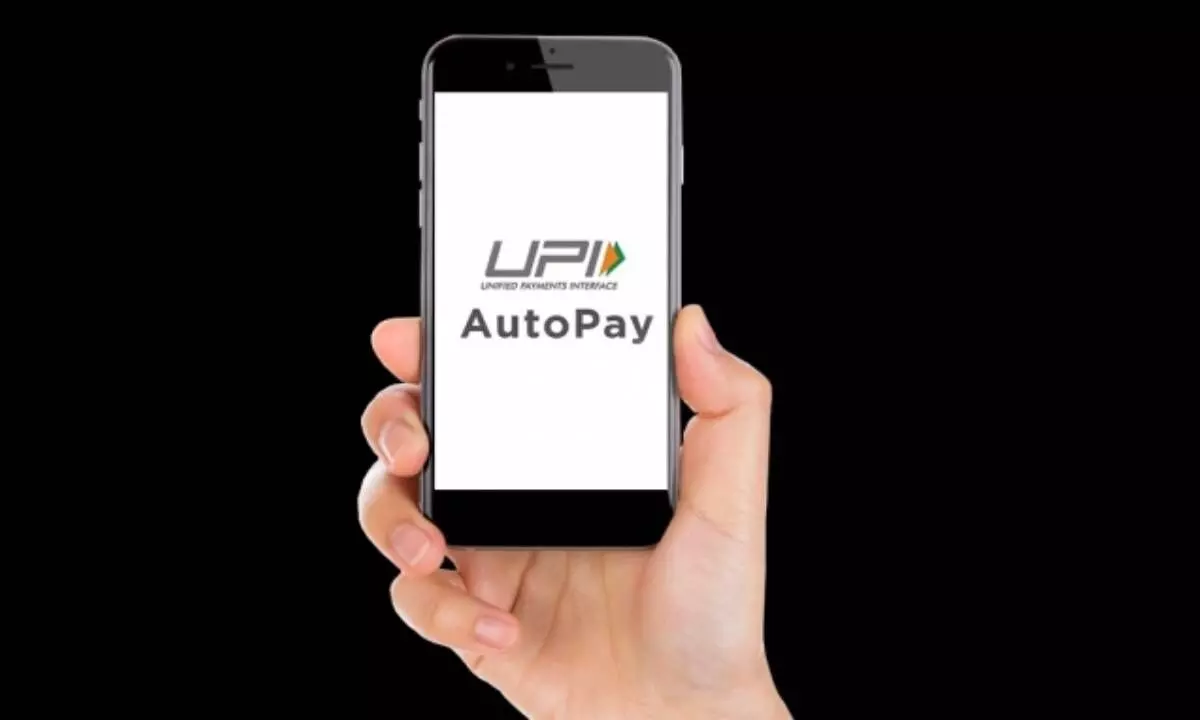Account aggregator concept can be the next UPI in India says Adhil Shetty of BankBazaar
Account Aggregator (AA) framework is a data-sharing system that is required for making investments or accessing credit, among other financial services. As a consumer, you can decide whom to share your data with and for how long. The concept was introduced by the Reserve Bank of India (RBI) in September 2021. Adhil Shetty, CEO of Bankbazaar.com talks about why the AA framework can be the next UPI in India.
image for illustrative purpose

Account Aggregator (AA) framework is a data-sharing system that is required for making investments or accessing credit, among other financial services. As a consumer, you can decide whom to share your data with and for how long. The concept was introduced by the Reserve Bank of India (RBI) in September 2021. Adhil Shetty, CEO of Bankbazaar.com talks about why the AA framework can be the next UPI in India.
How does the Account Aggregator framework work?
Adhil Shetty: The data is managed by the account aggregator from sources such as banks, mutual funds, or insurance companies. Customers can open an account with any of the several AAs operational today. They can link ongoing accounts such as savings accounts, fixed deposits, or investment schemes. Other forms of relationships (such as insurance and mutual funds) will be integrated soon. Usually, a unique identifier such as your phone number links these various accounts. Using the identifier, the AA can fetch your information from your account with OTP verification. The AA doesn't store all this data on their servers. Its job is to manage the flow of data from the source to the seeker. When you apply for a loan, the lender can seek your data via the AA. With your consent, the AA will fetch your data such as bank statements, and share it with the lender. This happens digitally. Consider the amount of time and costs this will cut down at scale when you don't need to move photocopied proofs from Point A to Point B.
Will my data remain protected with aggregators?
Adhil Shetty: The key is consent. The consumer controls their data. They decide whom to share the data with. They can create the consent to share the data. They can define the duration of the consent and also withdraw consent. You can manage all consents on the AA dashboard. The AA acts as a conduit for the data. The data is also encrypted, and the AA cannot access your data or personally identify you with it. It can only process requests and customer consent to move the data from the source to the data requester. Bear in mind that since data is being procured directly from the source, there's a much lesser chance of financial fraud. In the offline world, documents can be faked and there's a greater possibility of your proofs being misused.
How to use the service of account aggregators?
Adhil Shetty: AAs are gradually becoming operational. It's likely that your next digital account opening process may be routed through some form of eKYC or via an AA. You can register with a relevant AA at that time. Registration can be instantly done with OTP-based validation. With your AA account, you can link to the various financial services (such as banks) from whom you want to share your data. The data pulls can be done via OTP authentication.
Why do you think the account aggregator concept can be the next UPI in India? Adhil Shetty: The UPI has been at the centre of a payments revolution in India. We believe AA coupled with the RBI's groundbreaking regulations such as Video KYC will unleash a similar revolution in digital lending. Praise is due to the Finance Minister for championing Indian fintech by asking all banks to integrate with the AA framework. Credit is the lifeline of economic growth with a strong correlation between growth in access to retail credit for consumers and MSMEs and growth in per capita GDP.
For the market, there's a sizeable opportunity to lend to these categories which are often underserved for reasons such as geographic constraints, not having a credit history, or not being able to put up collateral. What they do have is data on their own finances: their bank transactions, their cash flow, their investments, or details of financial assets. AAs act as a conduit for this data. Currently, the data in focus is bank statements. With the customer's consent, the data will move from the source (such as your bank or NBFC) to the data seeker (such as the lender you are applying to). Integration of investment, insurance, and tax data is in the works. Bank data was a priority, hence the push from the FM to drive bank integration.
AAs are essentially non-lending NBFCs licensed by the RBI. With AA coming to aid digital loan account openings, borrowers can consent to their data being shared with lenders, digitally. This speeds up the KYC process cuts down processing time and costs reduce chances of fraud, gives more data points to the lender to evaluate and underwrite the borrower, and helps the borrower get the loan.

